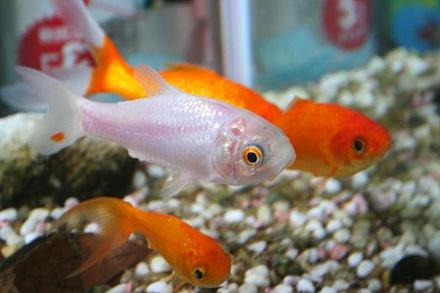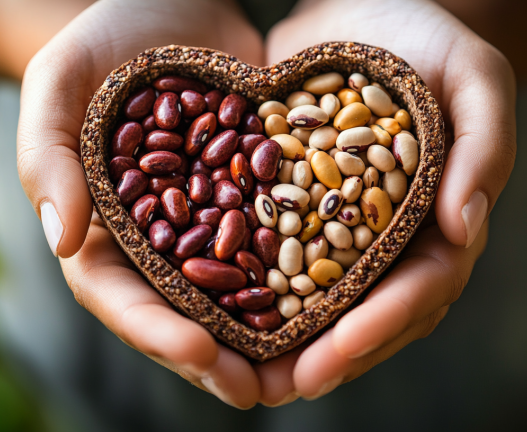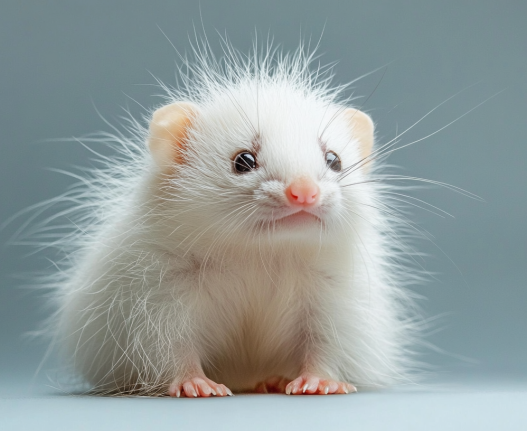Research reveals that a small, seemingly insignificant action can have profound effects on a child’s brain and body development. What is this magical gesture? Gentle touch. Whether it’s stroking your child’s tiny hands and feet or applying lotion after a bath, any direct, tender contact with your child’s skin qualifies as gentle touch.
But can something so simple truly yield such remarkable benefits? Science says yes. Gentle touch not only conveys love but also plays a crucial role in a child’s brain and physical development. Let’s explore why this “magical touch” is so essential.
Gentle Touch: A Catalyst for Brain and Body Development
The moment a baby is born, we often see the heartwarming scene of the newborn being placed on their mother’s chest. This skin-to-skin contact offers an essential sensory experience for infants and acts as a catalyst for brain development.

Dr. Meltzoff from the University of Washington conducted studies on how touch impacts infant brain activity. His findings reveal that when a baby’s hand is gently stroked, their somatosensory cortex—the part of the brain responsible for processing touch—becomes activated. Interestingly, even when babies observe others being touched, their somatosensory cortex responds.
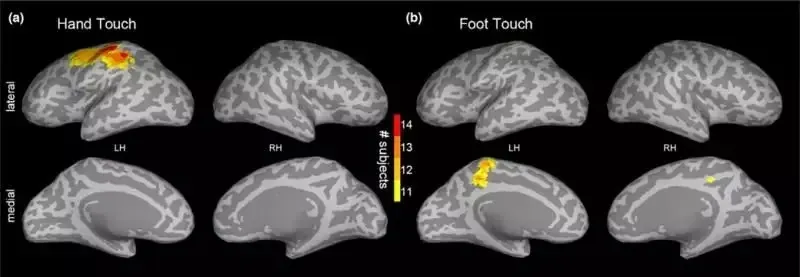
This means both “experiencing touch” and “observing touch” send signals to a baby’s brain. The more frequent the skin-to-skin contact, the stronger and more frequent these signals, promoting the development of the brain and nervous system. This touch-based stimulation also supports the balance and coordination functions of the brain and cerebellum.
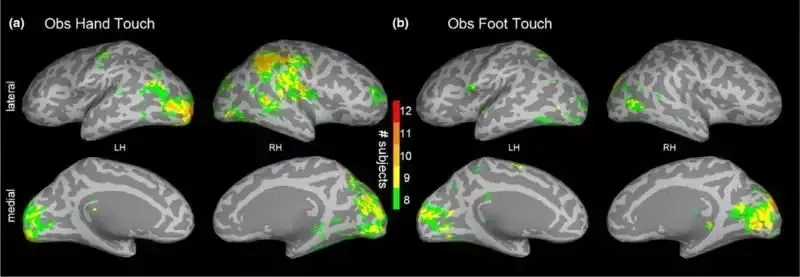
But the benefits don’t stop at brain development. Prolonged gentle touch has a remarkable effect on physical growth. A study by the University of Miami’s School of Medicine found that preterm infants who received 45 minutes of gentle touch and passive exercises daily for just 10 days showed significant improvements. Compared to those who didn’t receive the same care, these infants gained more weight, had better health indicators, and were discharged from the hospital six days earlier on average.
In essence, this simple gesture shapes a child’s brain, nurtures their growth, and even strengthens their body in astonishing ways.
How Gentle Touch Reduces Stress and Releases Oxytocin
Why does gentle touch have such profound effects?
The first few months after birth are critical for establishing trust, security, and emotional well-being. During this period, the tactile system plays an indispensable role in a baby’s development. Skin contact—whether it’s gentle stroking, massaging, or hugging—brings about immediate physical changes. It stimulates the baby’s sensory system, aiding brain and body growth.
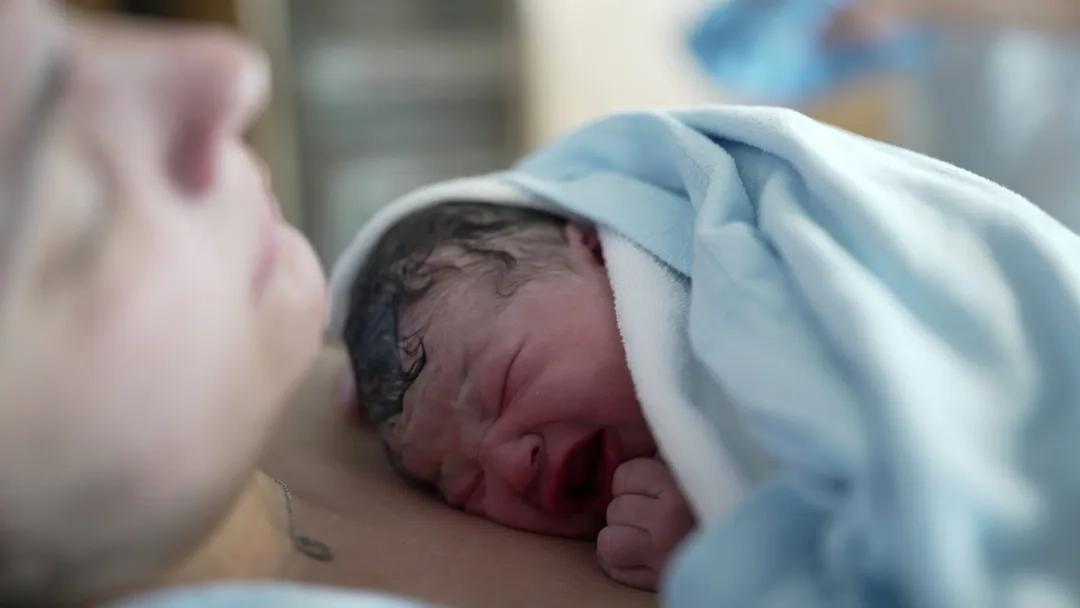
Moreover, gentle touch promotes the release of oxytocin in the baby’s brain. Known as the “love hormone” or “cuddle hormone,” oxytocin creates a sense of well-being, strengthens the bond between parent and child, and fosters secure attachment.
Oxytocin also reduces cortisol levels, which helps alleviate stress and calms the baby. Numerous studies show that skin-to-skin contact provides enough stimulation for babies to feel secure, reducing crying and fussiness. Babies who experience regular touch also sleep more soundly and for longer periods, fostering healthier growth.
Gentle touch, therefore, is much more than a comforting action; it is a powerful way to convey unconditional love and support.

What If Your Child Grows Up and Rejects Touch? Opt for Gentle Hugs!
As children grow, they may seem less receptive to touch. What can parents do then? Substitute gentle strokes with warm hugs!
All forms of intimate physical contact can soothe a child, but a “gentle hug” is particularly effective. A study conducted by Tokyo University tested different holding positions—cradling, hugging, and tight holding. The results showed that babies older than four months experienced the greatest calming effect when hugged gently, with their heart rates slowing significantly.
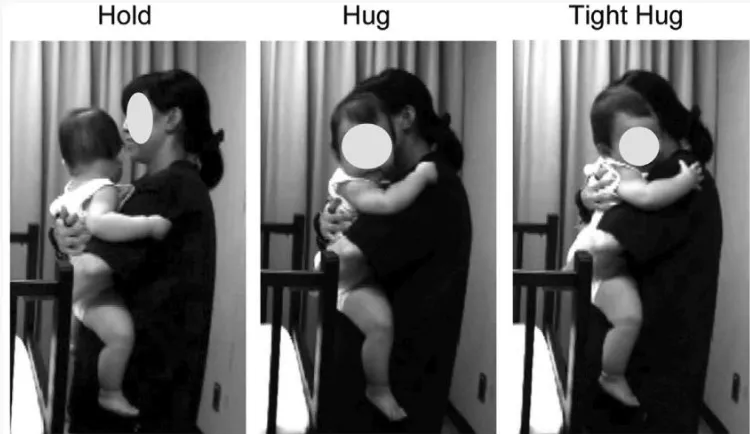
This means that while any form of physical closeness can comfort a child, gentle hugs are the most effective at providing a sense of security. After moments of conflict or frustration, a warm embrace serves as a reminder to your child: “Even when we disagree, my love for you remains unchanged.”
The Healing Power of Touch for Parents and Children Alike
Touch and hugs aren’t just beneficial for children—they’re healing for parents too. Research from the Netherlands shows that physical closeness, such as hugging or stroking, reduces pain and alleviates stress, anxiety, and depression in both children and adults.
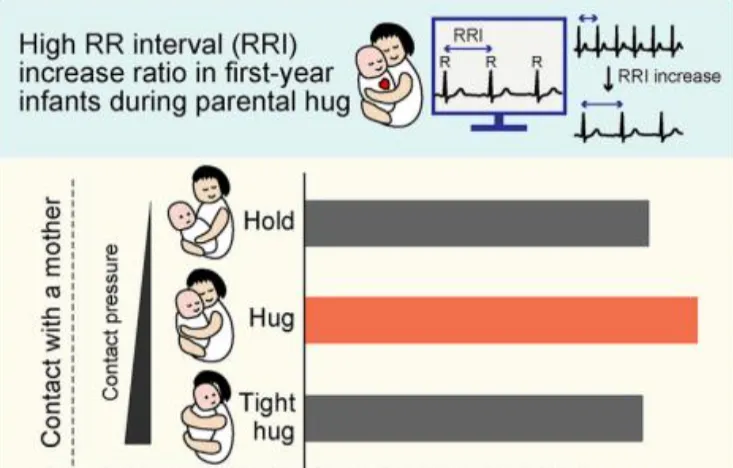
Imagine coming home exhausted after a long day at work, only to be greeted by your child with a warm hug. Is there anything more therapeutic? For both parents and children, hugs provide a moment of calm in the chaos of life—a moment to recharge and connect.
Conclusion: A Simple Yet Profound Gesture
The power of gentle touch lies in its simplicity. From shaping brain development to reducing stress and building emotional bonds, this small gesture creates lasting benefits. Whether it’s a tender stroke or a warm hug, these moments of physical connection are deeply ingrained in our nature. They’re not just beneficial for children—they’re a source of joy and healing for parents too.
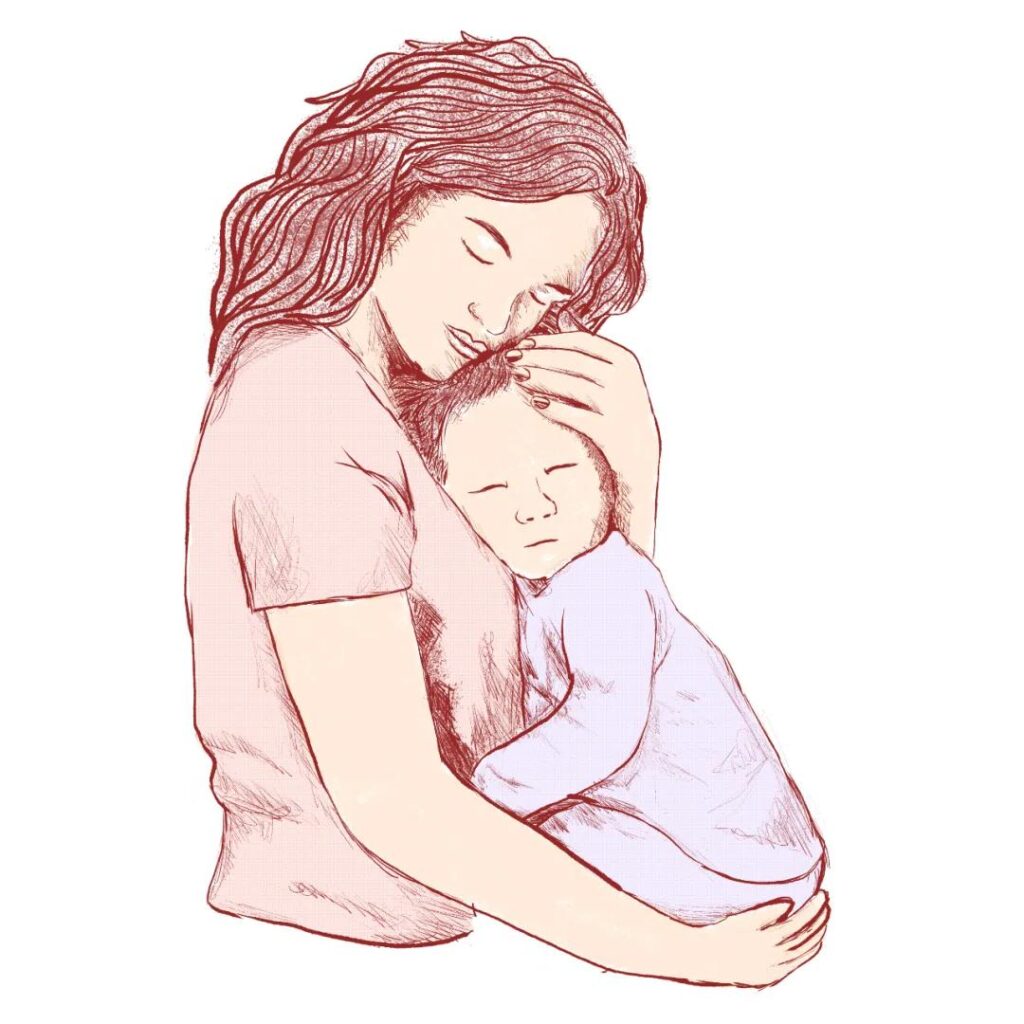
So, the next time you’re with your child, don’t underestimate the magic of a simple touch or hug. These fleeting moments hold the power to nurture, comfort, and heal. All it takes is a touch to make a world of difference.













